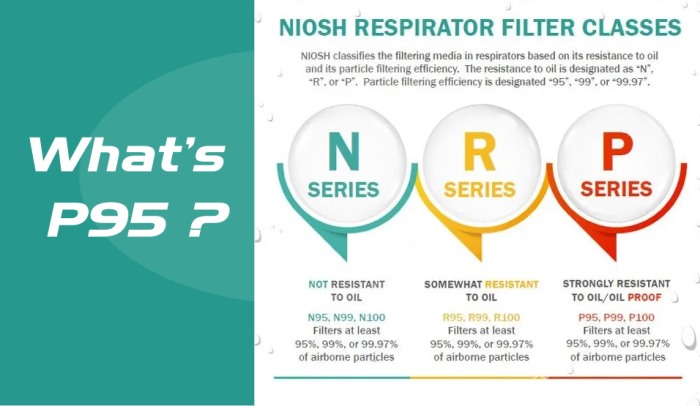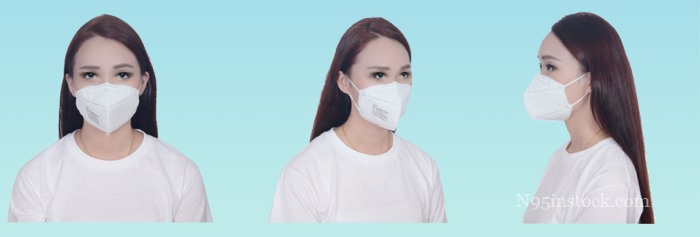The Department of Health and Human Services reports that there have been several thousand cases of the BA.5 virus in many states across the country, including Missouri, New York, Colorado, and Ohio. Because of this news, people are trying to figure out what they can do to protect themselves from infection and to keep from spreading the virus to others. Luckily, wearing a NIOSH N95 medical face mask can prevent you from being exposed to BA.5 by blocking all particles larger than 0.3 microns from reaching your nose and mouth as you breathe.
What is BA.5?
BA.5 is a virus that causes severe respiratory illness in humans. It is most commonly spread through contact with respiratory secretions, such as saliva, mucus, or blood, from an infected person. The virus can also be spread through contact with contaminated surfaces, such as doorknobs, door handles, or countertops. Symptoms of BA.5 include fever, cough, and shortness of breath. In severe cases, the virus can lead to pneumonia, which can be fatal. Wearing a NIOSH-certified N95 medical face mask can help protect you from BA.5 and other viruses.

The Dangers of Breathing Airborne Particulate Matter
A NIOSH N95 mask is a respiratory protective device designed to achieve a very close facial fit and very efficient filtration of airborne particles. The ‘N95′ designation means that when subjected to careful testing, the respirator blocks at least 95 percent of very small (0.3 micron) test particles. If properly fitted, the filtration capabilities of N95 respirators exceed those of face masks. However, even a properly fitted N95 respirator does not completely eliminate all particles.
How to Know if you Need a NIOSH N95 mask
A NIOSH N95 mask is a respiratory protective device designed to achieve a very close facial fit and very efficient filtration of airborne particles. The ‘N95′ designation means that when subjected to careful testing, the respirator blocks at least 95 percent of very small (0.3 micron) test particles. If properly fitted, the filtration capabilities of N95 respirators exceed those of face masks. However, even a properly fitted N95 respirator does not completely eliminate all particles. N95 respirators are not designed for children or people with facial hair. Because a proper fit cannot be achieved on children and people with facial hair, the N95 respirator may not provide full protection.

How Do I Choose a Good NIOSH N95 Mask?
When looking for a NIOSH N95 mask, you should look for one that has been tested and certified by the National Institute for Occupational Safety and Health (NIOSH). The masks are designed to filter out at least 95% of airborne particles, and they can help protect you from exposure toBA.5 virus.
When choosing a mask, make sure it fits snugly on your face and that it has an adjustable nosepiece so you can get a good seal. You also want to make sure that the mask is comfortable to wear for extended periods of time. Look for masks that are made from breathable materials like cotton or polyester.
4 Steps on Properly Wearing an OSHA-Approved NIOSH Facial Respirator
1) Inspect the respirator before each use to ensure it is not damaged. 2) Position the straps over your head so that the top strap rests above your ears and the bottom strap rests below your chin. 3) Adjust the nosepiece so that it forms a seal around your nose and doesn’t allow any gaps. 4) Perform a fit check by placing your hands over the top of the mask and exhaling sharply – if you feel leakage, adjust the straps and nosepiece until you get a tight seal.
For more information about N95 or KN95 masks, welcome to visit n95instock (https://n95instock.com/)



N95 and surgical mask, which is better for protection against virus?
I really find this thorough and informative, but I have a question because of another post I have seen from an OSHA 10&30 certified person. Whether that is true or not, they brought up that N95 masks are originally made to wear in a contaminated environment